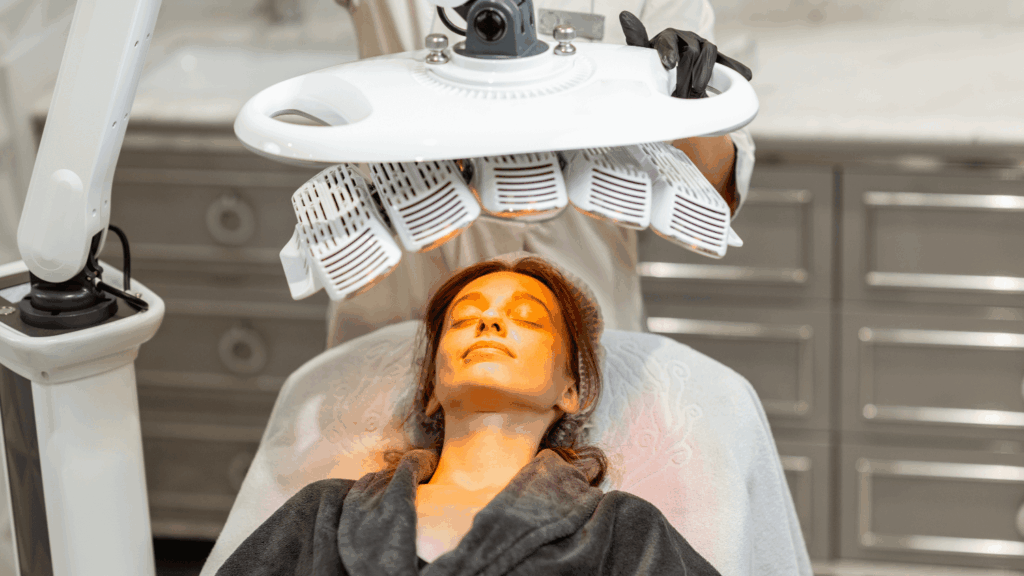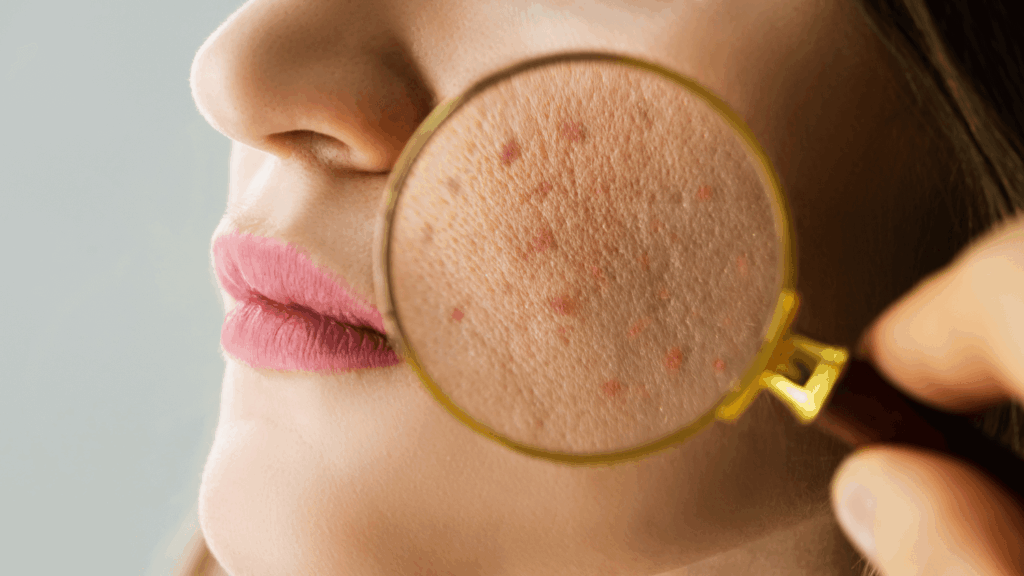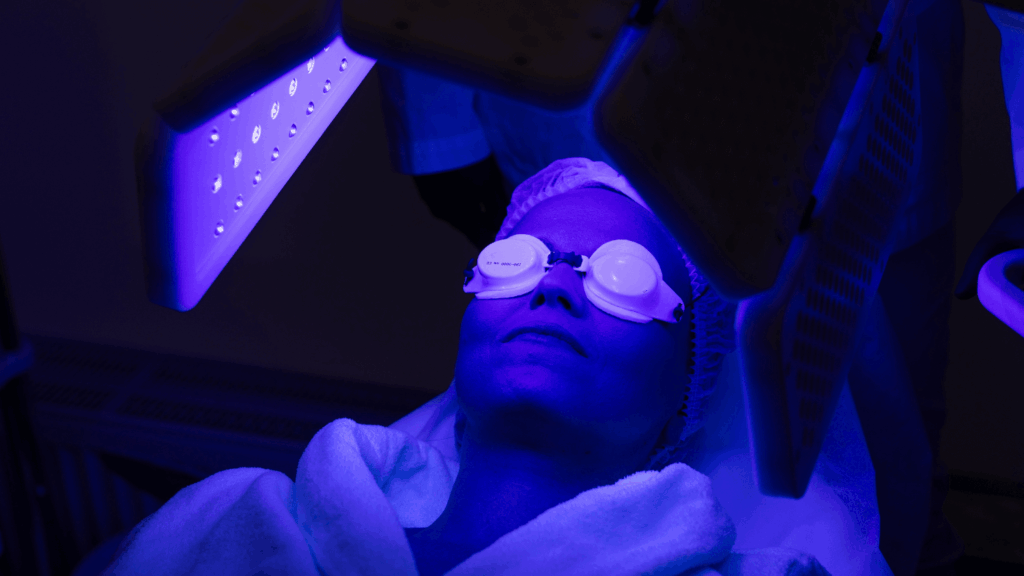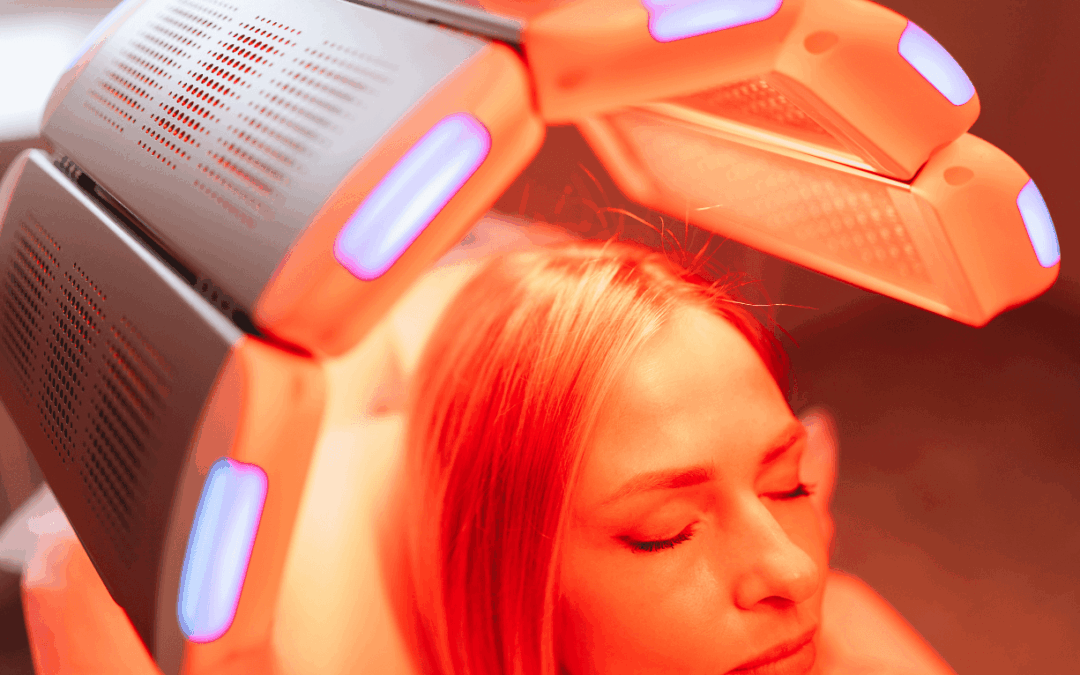Photodynamic therapy Orland Park: Our offices are conveniently located in Orland Park, Joliet, Burr Ridge, and New Lenox.
As an Orland Park resident, taking proper care of your skin is essential for always looking fresh and radiant. It’s also important to discover skin issues on time for effective treatments and to prevent the problem from becoming worse. While there are many treatment options for skin-related conditions, photodynamic therapy Orland Park stands out as a lasting solution.
In this article, we aim to provide insights into how photodynamic therapy works and the conditions necessary to become eligible for this treatment. We will also provide what you should expect during and after the treatment process.
The Science Behind How Photodynamic Therapy Actually Works
_________________________________

Photodynamic therapy (PDT) is one of the most effective treatments used for skin concerns. The treatment involves using a photosensitizing agent to destroy abnormal cells and rejuvenate the skin. Besides targeting stubborn acne, PDT is a viable option for taking care of cancerous or precancerous cells before they grow worse and affect the whole skin.
During the treatment, the drug is administered to the skin either orally or injected into the affected cells based on the specific skin condition. After the drug is injected, our clinical officer applies a specific wavelength of non-thermal light to aid in the absorption process by the affected cells. This helps to form a highly reactive oxygen molecule that can destroy the targeted cells.
Most sessions take up to 90 minutes, depending on important factors like the size and severity of the treatment area. Keep in mind that you might experience slight pain and discomfort. However, this doesn’t prevent you from returning to your work or other engagements, provided you are staying away from sunlight.
Is Your Skin Concern a Perfect Match for Photodynamic Therapy? Find Out Now
_________________________________

Photodynamic therapy is a treatment used for a wide variety of skin conditions. However, you must be certain that this treatment is the right one for your specific skin problem. If you’re in doubt, here are some issues with your skin that match perfectly with our photodynamic therapy
Stubborn Acne: If you’ve used different treatments to fight persistent acne without any tangible results, it’s time to consider photodynamic therapy. PDT is an effective procedure for inflammatory acne that couldn’t be treated using other methods.
Sun-damaged skin: Patients suffering from signs of aging and sun damage on their skin can opt for photodynamic treatment. Our techniques and methods can be used to stimulate collagen production and improve your skin texture. This procedure is crucial for enjoying a more youthful appearance.
Skin cancer: Although not for all skin cancer cases, PDT can be a suitable treatment option for certain cancer types like superficial squamous cell carcinomas (SCC). Instead of going for a more complex procedure like surgery, patients can opt for photodynamic therapy to handle an early stage of skin cancer.
Solar keratosis: Photodynamic therapy is a perfect treatment for dry, scaly patches on your skin. These conditions can be caused by excess sun exposure and tanning beds. Using this treatment can help you tackle these issues before they develop into cancer.
Photodynamic Therapy Orland Park: What to Expect During Your Treatment Journey
_________________________________

It can feel scary going for a photodynamic therapy, especially if it’s for first time. To help make your treatment journey seamless, here is what you should expect during your first procedure.
The Initial Consultation
The first step in your PDT journey is consulting an expert about the whole procedure. Over the years, we’ve helped several patients in Orland Park handle various skin issues. Therefore, you can use this opportunity to ask all your questions and also provide detailed information about your skin condition for assessment.
Preparing Your Skin for Treatment
The second phase of the procedure is getting you ready for PDT. Our medical personnel will clean your face and apply a photosensitizer to the treatment area. It will take about 45 to 60 minutes for the photosensitizer to get absorbed into the areas that will be treated by the specialist.
Light Treatment Phase
Once your skin is prepared by the specialist, you should be ready for the light activation phase, which typically takes a few minutes to one hour. Photodynamic therapy uses a red or blue light that activates the photosensitizer to tackle abnormal cells.
Expected Initial Reactions
You will likely feel sensations of warmth or a little discomfort immediately after the light activation. You should also expect some burning or redness in the treated areas, depending on your skin and the severity of the condition. Overall, you should get ready to return to your normal routine once cleared by your dermatologist.
Pain, Recovery, and Results: The Real Talk About Photodynamic Therapy Experience
_________________________________

Despite the many benefits of PDT treatments, it’s essential you understand that the procedure also comes with certain setbacks. From the pain, recovery, and results, here is a breakdown of what you will experience after your session.
Pain: Experiencing minor discomfort and pains are common with PDT. Your skin sensitivity and the treated area largely contribute to the level of pain you’ll feel after the session. However, we can help to minimize patients’ discomfort using different cooling techniques.
Recovery: The PDT treatment doesn’t prevent you from engaging in your usual activities. Recovery is fast, but you must take extra measures to accelerate your healing process. For instance, you must avoid the sun and strictly follow the dermatologist’s aftercare instructions.
Results: Expect to start seeing initial improvements in your skin after the healing phase, particularly for conditions like acne. However, you will begin to experience noticeable improvements over several weeks or months. To enjoy optional results, we recommend multiple sessions and adherence to our expert instructions.
Why Patients Are Flocking to Fine Skin Dermatology for Photodynamic Therapy in Orland Park
_________________________________

It’s time to get away from the grip of the endless cycle of skin concerns with experts from Fine Skin Dermatology. Whether you’re experiencing precancerous skin changes or trying to get rid of stubborn acne, enjoy skin rejuvenation with our exceptional photodynamic therapy. We’re one of the best cancer specialist Orland Park because we combine a customer-centric approach with cutting-edge technology for maximal comfort and optional results. You can also rely on our experts for tips, guidelines, and advice to make your skin look radiant and fresh. Book your PDT appointment today to begin your journey towards achieving beautiful, healthy skin.

Frequently Asked Questions
_________________________________
In most cases of photodynamic therapy, it’s common for patients to experience minor pain and discomfort during and for a few days after the procedure. However, you can manage the discomfort by taking painkillers or any medication recommended by the physician.
The severity of your condition and your personal goals are major factors that can influence the number of photodynamic therapy sessions you need to start seeing results. You should expect to start seeing reasonable results after 2-3 sessions or as advised by the expert.
Yes, it’s possible to go back to work right after photodynamic therapy. But you must avoid direct sunlight for at least 24 hours after the treatment. Also, note that the severity of your skin issues can play a major role in deciding if the doctor will allow you to return to work immediately.
As a semi-permanent solution for treating skin conditions, PDT can last for several months, especially when done by a specialist. You will need to visit your skin doctor for maintenance treatments to sustain the results. It’s also important that you stay away from excess sun exposure.
Photodynamic therapy comes with various side effects, depending on the treatment area and your skin condition. Expect to experience pain, swelling, and redness around the treated area. Some patients also experience itching, blistering, and peeling.

